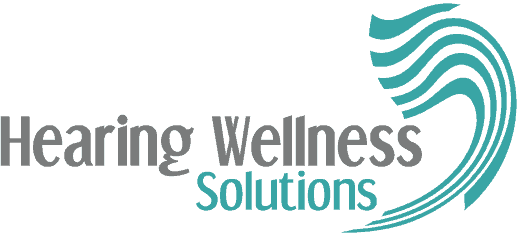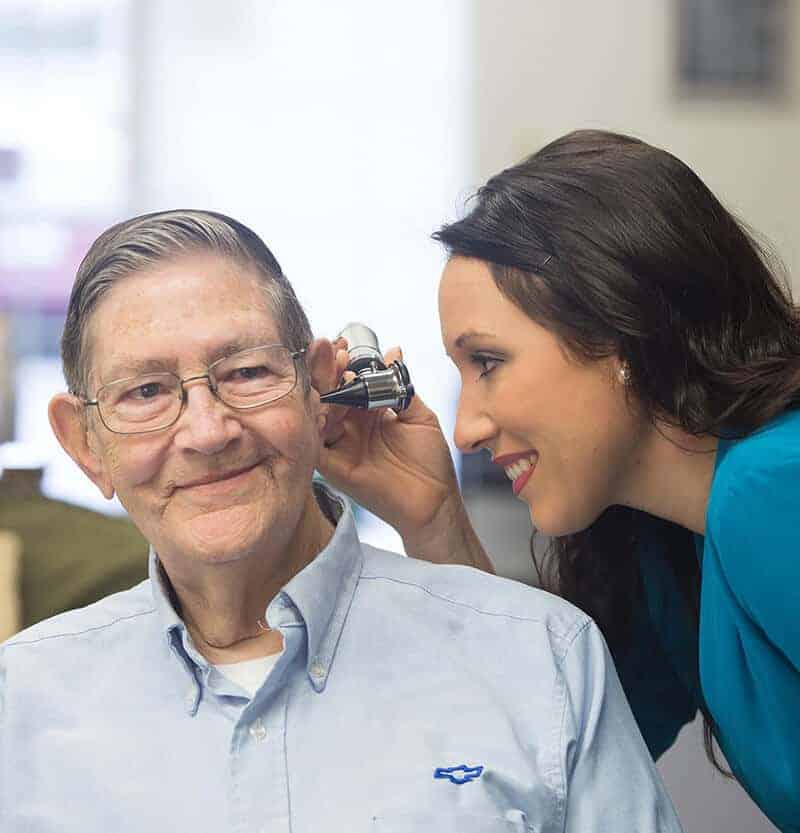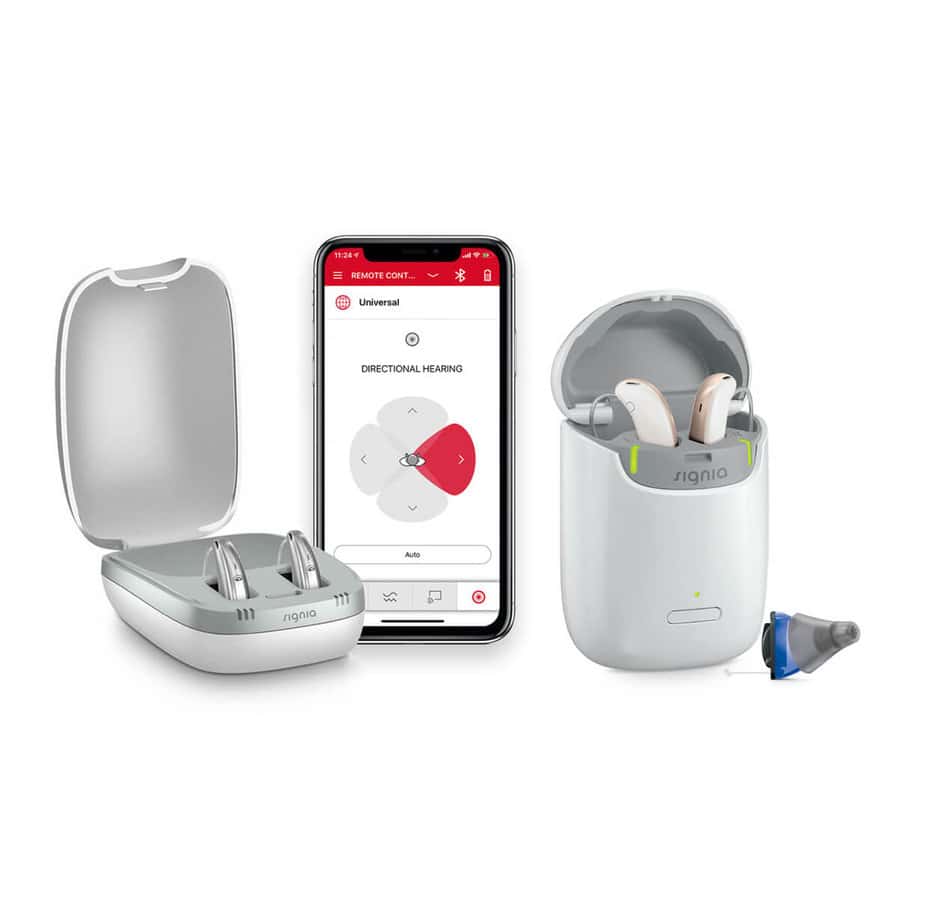Real Ear Measurement

Standard Hearing Aid Fitting
When you get your new hearing aids, your hearing care professional will program them according to the results of your hearing tests. For the most part, this has specifically to do with the results of your pure-tone test, where we determine the specific frequencies where you need amplification, and how much at each one.
Your hearing care professional will input the results of your hearing test into the hearing aid manufacturer’s software while your hearing aids are hooked up to the computer. According to the software, they will program the hearing aids to provide a specific amount of gain (amplification) at a variety of different frequencies.
Once the initial programming is complete, we’ll ask you how your hearing aids are sounding to you. Chances are, they won’t sound perfect right away. This is a normal part of the fitting process. As you respond to the sound, we’ll change the programming to make your hearing aids sound more “right” to you.
One of the reasons for this is that every person’s ear canal is a little different. Some are larger or smaller in diameter, some are longer or shorter, and different earwax types have different absorptive properties. That means that every individual’s ear canal will alter the sound that passes through them in different ways.
The hearing aid manufacturer cannot take these factors into consideration, and depending where the speakers of the hearing aids sit in your specific ear canal, the amplification they provide will be different from their specifications by the time the sound reaches your eardrum.
Once you leave the office, you’ll encounter all the sounds that are out in the world. A fitment that sounded right to you in the somewhat clinical environment of our office may not work as well at, say, a crowded cafe. It is normal for patients to return to the office a few times in the first few weeks of wearing their new hearing aids, and we’re happy to accommodate! We want your hearing aids to sound as good as possible to you.
How Does Real Ear Measurement Improve Fitting?
Ultimately, it’s most important that your hearing aids sound good to you. While we can go back and forth and eventually arrive at what sounds best, REM helps us get there a little quicker and easier.
Because of all the differences between individual persons’ ear canals, REM is useful in that it measures the actual amplification that is reaching your eardrum.
We insert a very tiny microphone on a very thin wire between your hearing aid and your eardrum. Now, we can actually measure what’s happening inside your ear canal and change the programming of your hearing aids accordingly.
This is guaranteed to be the most accurate corrective amplification you can receive. However, that doesn’t necessarily mean you have to stick with REM programming. While most people experience it as superior to standard fitting, if you find the programming arrived at by REM uncomfortable, we can certainly change it for you.
Many new hearing aid wearers are uncomfortable with full corrective amplification in the first few weeks of wearing their hearing aids.
Adjusting to new aids is always a process, so you may still wish to adjust your fitment a few times as you get more comfortable with your new hearing aids. We tend to adjust to sound pretty quickly, so what might feel uncomfortable on day one might feel like it’s not enough on day three. When we use REM to get a picture of where your fitment might end up, we can provide the most accurate corrective amplification available.
That’s why more patients prefer real ear measurement and why we use it with the programming of our hearing aids we sell at Hearing Wellness Solutions. Using REM is another way we provide the best, most personalized care to our patients.


